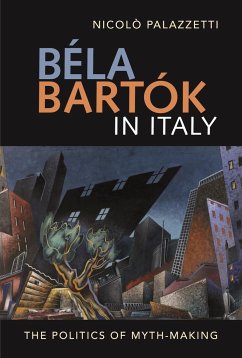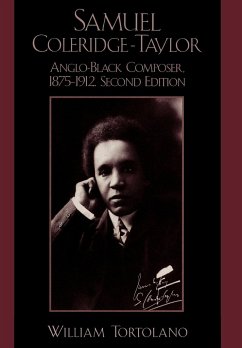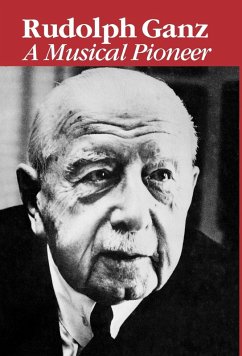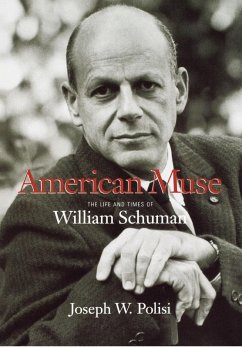
Béla Bartók
Life and Work
Versandkostenfrei!
Versandfertig in über 4 Wochen
81,99 €
inkl. MwSt.

PAYBACK Punkte
41 °P sammeln!
This book is the first comprehensive biographical study of Bartok as man, composer, and folklorist, including the background and development of his unique musical language and the impact of his pioneering investigations of multinational musical folklore on his composed works.












